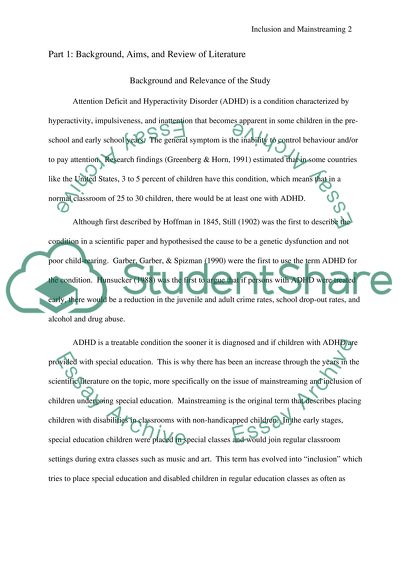Cite this document
(“Inclusion and Mainstreaming of Children with ADHD Essay”, n.d.)
Retrieved from https://studentshare.org/miscellaneous/1518068-inclusion-and-mainstreaming-of-children-with-adhd
Retrieved from https://studentshare.org/miscellaneous/1518068-inclusion-and-mainstreaming-of-children-with-adhd
(Inclusion and Mainstreaming of Children With ADHD Essay)
https://studentshare.org/miscellaneous/1518068-inclusion-and-mainstreaming-of-children-with-adhd.
https://studentshare.org/miscellaneous/1518068-inclusion-and-mainstreaming-of-children-with-adhd.
“Inclusion and Mainstreaming of Children With ADHD Essay”, n.d. https://studentshare.org/miscellaneous/1518068-inclusion-and-mainstreaming-of-children-with-adhd.


